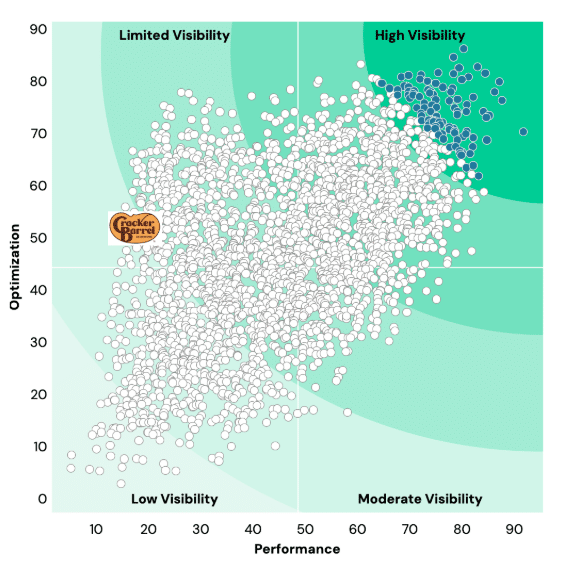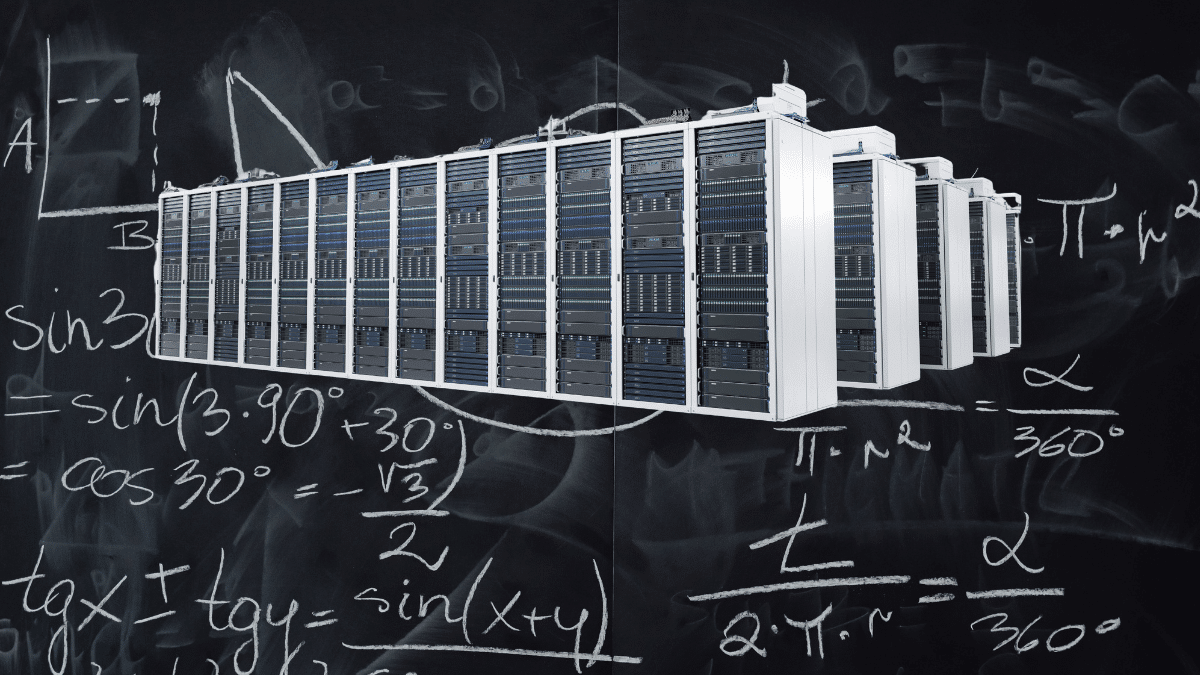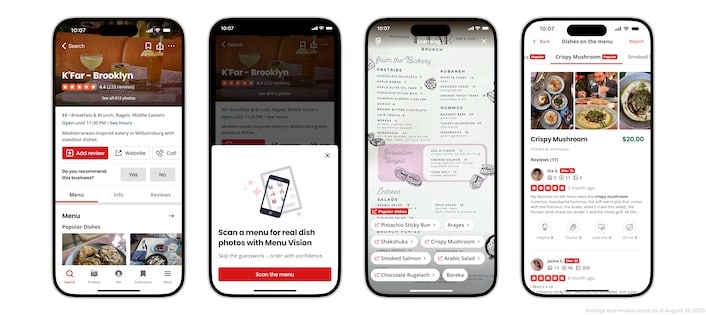As the dust – and public outcry – settle from the Cracker Barrel debacle, it’s time to marinate on its dynamics and learnings. Marketing thought leaders throughout the land are doing just that, including our go-to guru – SOCi CMO, Monica Ho. So naturally, we reached out to Monica to get her take.
What went wrong in Cracker Barrel’s ill-received brand realignment? And how can other brand marketers benefit by treating this as a teachable moment? True to form, Monica gave us lots of data-backed insights to chew on, and a career of marketing intuition to draw from. Here’s our interview…

Though this Cracker Barrel news story was amplified by a lot of political spin, it still carries some legitimate business lessons. Before getting into those, what’s your quick take on the news story, and was it overblown or a valuable lesson in marketing and branding?
While politics certainly amplified the Cracker Barrel story, it’s not just noise but a valuable branding lesson. The real takeaway is how quickly a disconnect between corporate decisions and local customer sentiment can spiral on social media. Even though the issue centered on a logo, what people were really reacting to was a sense that the brand was distancing itself from its community roots. For a brand like Cracker Barrel, nostalgia isn’t just aesthetics – it’s part of what made their whole experience different and also a pretty big component of their customer promise.
There are a few components to this story that are separate but interrelated. One is the branding and logo, which was the most forward-facing part of the story, and the other is deeper modifications to the ethos of the brand, like the menu and decor. Let’s take those one at a time…
For the logo, it seemed to meet more modern standards, but perhaps that was the problem in not capturing the rustic elements of Cracker Barrel and its history. Was this a case of modernization gone awry? Designing for other designers instead of your loyal customers? Or a big nothingburger?
Yes, this is a classic case of modernization done without grounding in the core customer base. The logo refresh checked the boxes for design trends but stripped away the rustic character that loyal patrons emotionally connect with. It’s a reminder that branding isn’t just about appealing to design trends…it’s about reinforcing the essence of why customers love you in the first place. In this case, it appears Cracker Barrel approached design in a corporate vacuum vs. for its diners.
For the deeper modifications to the actual product (menu, interior design, etc.), what went wrong there? Was this a case of listening to design consultants as opposed to maintaining an intangible ethos, vibes, or “soul” of the brand (things that analytics and consultants likely won’t capture)?
Yes, the most concerning misstep wasn’t the logo itself but the attempt to re-engineer the experience without respecting the “soul” of the brand. Customers don’t come to Cracker Barrel for sleek, modern dining. They come for comfort, tradition, and familiarity. By leaning too heavily on consultants and not listening closely to their loyal local customers & communities, Cracker Barrel risked eroding the very atmosphere that made it distinctive. Data and design frameworks are useful, but they can’t replace the lived emotional connection of customers.
With all the above, there seems to be some “New Coke” vibes in terms of “if it ain’t broke, don’t fix it.” Talk about that angle and if that applies here. What are the biggest lessons for brands?
This does echo the “New Coke” saga. Brands sometimes assume that in order to grow, they must dramatically change what already works. But the truth is, growth often comes not from tearing down what customers love, but from enhancing the surrounding experience. For restaurants, that means investing in how your brand shows up locally (like responding to reviews and engaging on local social pages), and ensuring easy digital findability—not in stripping away the nostalgic elements that drive affinity.
When looking at Cracker Barrel’s visibility from our 2025 LVI Data, they have a lot of opportunity here. In summary, Cracker Barrel had little to no visibility in the Google 3-Pack or the top 3 business recommendations that Google makes when a potential guest uses a search query like “Best Restaurant Near me”, “American Restaurant Near me”, etc. On the local review side, although their review count is high, their average rating is right at or trending below the Restaurant benchmark average of 4.2-star rating. Since local reviews are a major ranking factor for not only appearance in the Google 3-pack but also local LLM recommendations in places like ChatGPT and Gemini, this is huge. And finally, although Cracker Barrel has a lot of content being posted to social, very little of it is localized to their local markets. This is the most effective way to increase their reach and engagement across the top social media sites.

Search Benchmarks:

Reputation Benchmarks:

Social Benchmarks:

Another lesson is that going for growth and new customers is okay, so long as you don’t alienate your loyal customers in the process. Many of the aesthetic changes to the brand appear to be to appeal to a more modern or socioeconomically advanced persona. It’s getting the family in the Audi to pull off the highway, in addition to the family in the station wagon. But did Cracker Barrel alienate the latter to cultivate the former?
Cracker Barrel was clearly attempting to court new, modern consumers. But in doing so, they alienated their most loyal base…the families that stop off the highway for comfort food and tradition. The lesson is that growth strategies should layer on inclusivity without subtraction. You can absolutely expand your appeal, but never by eroding what your core customers value. In this case, you can aim to win over the “Audi family” without losing the “station wagon family.”
All of the above speaks to Cracker Barrel’s moves before the backlash. How do you believe it handled the backlash and reacted?
To Cracker Barrel’s credit, they were quick to reverse course. That’s a critical first step in crisis management: listen, respond, and course correct. But the real work isn’t just changing back the logo..it’s rebuilding trust at the local level. The backlash will fade online, but the true test will be what happens when customers walk through the doors of their local Cracker Barrel. The experience they have there will determine if this becomes just a blip or a lasting scar.
What other branding and marketing lessons should we take from this?
1. Local Experience Drives Growth – Modernization should focus less on surface-level branding and more on improving the local experience through loyalty programs, personalization, and in-store experiences.
2. Visibility Matters – Consumers make dining decisions based on location, reviews, and convenience. Cracker Barrel has an opportunity to boost local SEO, reputation management, and localized social presence to drive traffic, which will ultimately drive growth.
3. Respect Core Identity – Growth doesn’t mean abandoning your identity. Brands must evolve while staying authentic to their roots.
4. Listen Locally – National decisions need to be pressure-tested against local community voices. What resonates at HQ may not translate to diners in small towns. Moving forward, Cracker Barrel should leverage its passionate social community to pressure test future branding & messaging initiatives.



